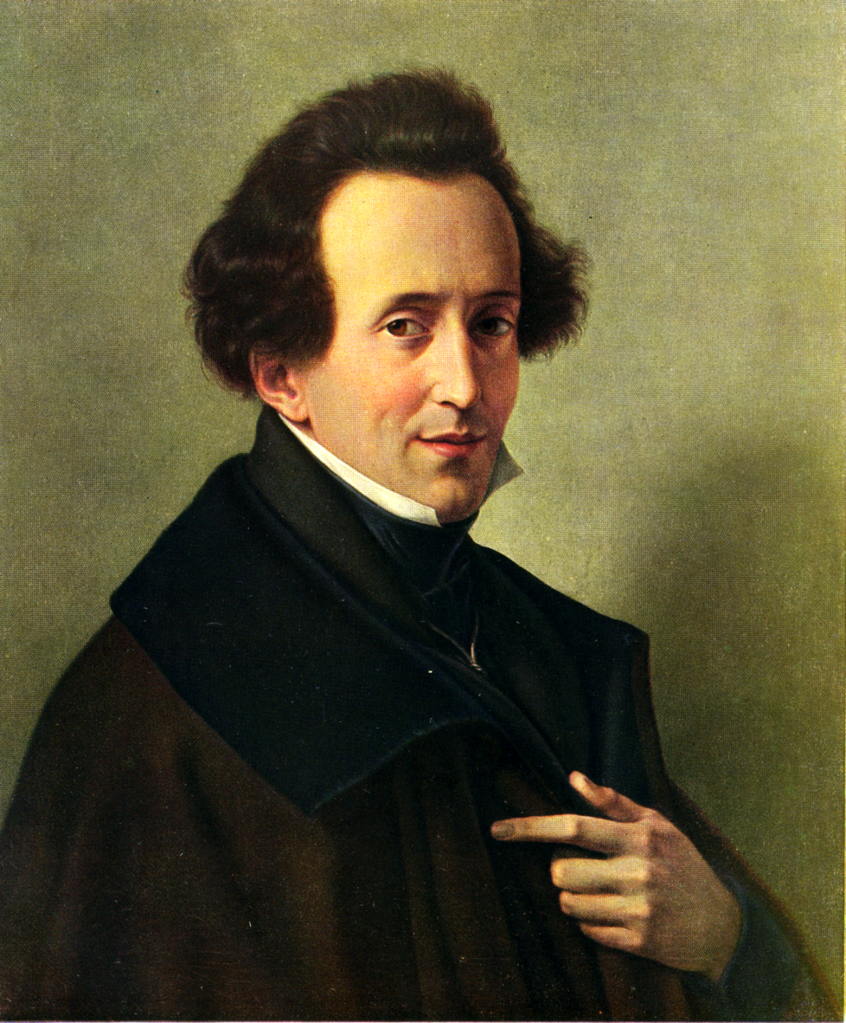It’s hard to believe that you could pack the highlights of an opera, an Italian ballad, an old folk song, and a masterpiece of German classical music into a single cartoon short, but Disney managed to do just that in El Terrible Toreador, not to mention some incidental music composed by Carl Stallings.
Last week, we talked about the music of George Bizet’s Carmen and Alberto Pestolazza’s “Ciribiribin,” both of which are featured in the short (which was Disney’s second Silly Symphony). But the music doesn’t stop there. The short also contains very brief references to two other well-known pieces of music, though they’re such tiny moments in the film that you’d be forgiven for missing them.
Yankee Doodle Went to Town
The melody to the classic folk tune “Yankee Doodle” somewhat inexplicably appears in the cartoon as the toreador and the soldier bicker over the affections of Carmencita. After the toreador blows foam from a stein of beer into the soldier’s face, the soldier grows so angry that his shirt and pants burst open, revealing his underwear. The bullfighter and Carmen begin laughing at the soldier, and the tune of their laughter is the song “Yankee Doodle.”

It’s hard to think of a reason why this particular tune is included in the short, which is set in Spain. The traditionally accepted origins of the song date back to the days of Colonial America. The melody was already well known, but the words that are known today were penned by a doctor named Richard Shuckberg. The term “Yankee Doodle” was meant to be derisive. As the Kennedy Center notes in a piece about the songs history, “In the song, Schuckberg referred to the American fighter as both a ‘doodle’—a country hick, and a ‘dandy’—a conceited jerk. No one has ever figured out exactly where the term “Yankee” comes from. One guess is that “Yankee” started as the nickname “Little Jan” used by Dutch settlers at the time. But the Brits used it to mock all American colonists.”
The song was played by British soldiers as they marched along the colonial countryside during the American Revolutionary War. As the story goes, after repelling one attack by the British, American militiamen sang the song as the British soldiers retreated, even calling out “ “How do you like us Yankee doodles and dandies, now?”

All of which is great history, but does very little to clear up why it was included in a short set in Spain. Unfortunately, a deeper dig into the song doesn’t yield many answers.
While the lyrics were written around 1755, the melody is said to be much older. Some musical scholars have asserted that it stems from an Irish tune known as “All the Way to Galway,” whose history is said to be Jacobite in origin (a political movement that lasted from the late 17th century through the mid-18th).
This still doesn’t capture the whole story, as the earliest known lyrics date all the way back to a Middle Dutch harvest song that traces its origins all the way back to Holland in the 15th century. None of which tells us how it ended up being used as a taunt in a 20th century cartoon set in Spain.
Songs Without Words

The next musical inclusion in the film is Felix Mendelssohn’s “Spring Song” or “Song Without Words, Op. 62 No. 6.” Its appearance in the short may take up even less screen time than the brief reference to “Yankee Doodle,” lasting only a few seconds near the very end of the film.
It happens during the bull fight scene. The character of Carmen has just tossed the toreador a bouquet of flowers, unaware that the soldier has spiked the flowers with black pepper. The bullfighter and the bull both take a deep whiff of the flowers, which causes the bull to sneeze so hard that his teeth fall out of his mouth. As the pair inhale, the opening notes Mendelssohn’s “Spring Song” play.
Born Jakob Ludwig Felix Mendelssohn Bartholdy in 1809, Mendelssohn was the grandson of Jewish philosopher Moses Mendelssohn, and the brother of composer and pianist Fanny Mendelssohn.
He began studying music at the age of six, and at seven entered the tutelage of pianist and composer Marie Bigot. He would later study under Ludwig Berger and Carl Friederich Zelter. His first public performance came at the age of nine, and he was already composing with great regularity by the time he was a teen. Between the ages of 12-14, he wrote 13 string symphonies. A few years later, he composed his “String Octet in E Flat major” and an overture inspired by Shakespeare’s A Midsummer Night’s Dream.
“Songs Without Words” was a series of short, lyrical piano pieces which Mendelssohn wrote between 1829 and 1845. “Spring Song” was part of Book 5, Opus 62 which was published between 1842-1844. It was also known as “Camberwell Green” for a location in London where he stayed while writing the piece.
Sadly, his life would be almost as brief as George Bizet’s, living a mere two years longer. Mendelssohn died at age 38 after a series of strokes.
It seems odd to end our trip into the second Silly Symphony on such a grim note, but for a cartoon that ends with the evisceration of a bull, maybe it’s just as well. A dark ending for a surprisingly dark cartoon.
Next week, we’ll jump into the music of the third Silly Symphony simply titled Springtime, which the Film Daily referred to as, “ …about the best that has ever been seen in the animated field.”